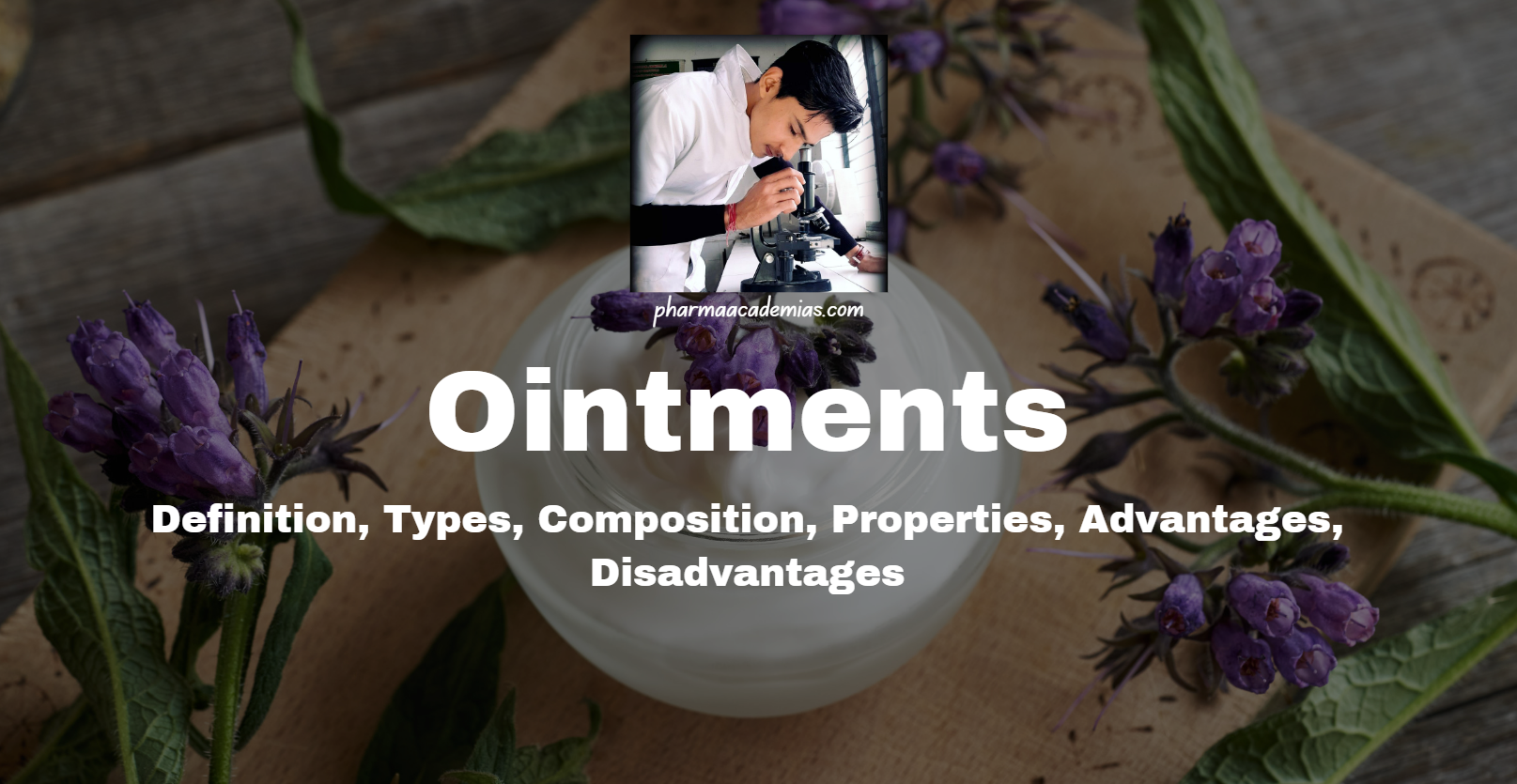Ear Preparations: Definition, Types, Composition, Properties, Advantages, Disadvantages
Ear preparations, also known as otic formulations, are specialized pharmaceutical products intended for administration into the external auditory canal. They are used for local treatment of ear conditions such as infections, inflammation, pain, or wax buildup. Types of Ear Preparations 1. Ear Drops: Liquid preparations administered dropwise into the ear canal. Use: Treat infections, reduce … Read more










